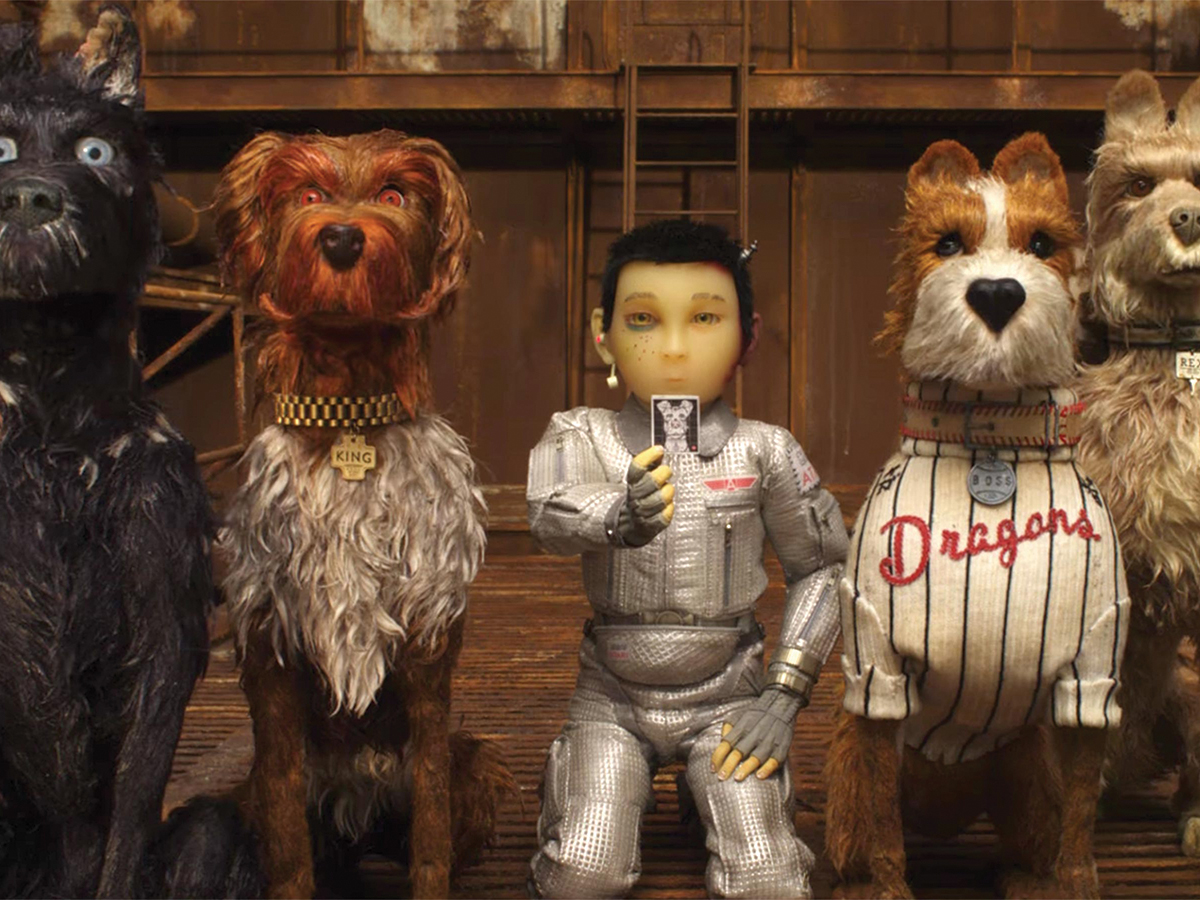There was once a time where artists could render their dreams material and be praised for the merit of their work instead of being blasted by overly sensitive moral police bent on having their vision of the world be the undisputed canon. The mere invocation of something that could potentially be seen as insensitive under the most intense scrutiny is grounds enough to dispute and disavow. In the current political climate, one wrong step might be all it takes to trigger a wave of dissent aimed squarely on an opposing perspective rather than a legitimate faulty reasoning, erasing one’s past achievements and weighing down their next. Be it foolishness or bravery, I feel compelled to defend Wes Anderson in his most contentious of behaviors: The killing of animals.
I don’t think killing animals is funny per se, but I’d be lying if I said Anderson’s lesser-known quirk of killing animals both on- and off-screen with shocking unsentimentality was without its merits. Cultural appropriation, on the other hand, is another thing the indie darling is known for on a smaller level, and it’s something I can’t defend the same way I would defend Willem Dafoe throwing Jeff Goldblum’s cat out of a window. For better or for worse, Anderson’s latest film, “Isle of Dogs,” rights the wrongs he’s imposed on animals by centering an entire film upon them while only slightly goofing on that whole “respecting another culture” thing.

In the not-too-distant dystopic future, the city of Megasaki, Japan enters a state of emergency: As dogs throughout the archipelago have gone feral, struck with a particular variety of dog flu that makes them turn against their masters, Mayor Kobayashi (Kunichi Nomura) issues an executive order banishing all canines to Trash Island. There, dogs both stray and domesticated roam the deserted wasteland littered with piles of maggot-infested leftovers and scrap metal cubes, fighting one another to survive. Man’s best friend becomes public enemy number one, much to the satisfaction of the cat-loving Kobayashi and the chagrin of dog lovers everywhere.
Among the pro-canine party is the 12-year-old ward of the mayor, Atari Kobayashi (Koyu Rankin), who hijacks a plane and flies to Trash Island in search of his beloved guard dog, Spots (Liev Schreiber), the first of the dogs to be banished. With the help of four former domesticated dogs Rex (Edward Norton), King (Bob Balaban), Boss (Bill Murray), Duke (Jeff Goldblum) and a bullheaded stray named Chief (Bryan Cranston), Atari sets off in search of Spots across the desert island.
As far as auteurs go, Anderson’s trajectory at this point in time is relatively stable. His fondness for symmetry knows no bounds and the composition in “Isle of Dogs”, filled to the brim with a level of detail we’ve come to expect from him, is no exception. Nine films in, his visual style is something you have either learned to love and accept by this point, or one of many trademarks you’ve grown sick of. As with “The Grand Budapest Hotel,” Anderson has fun with the stasis of his camera, either through playful usage of depth of field or (more frequently) fight scenes that erupt in literal balls of cotton comically depicting a brawl between canine, robot and human alike. This being Anderson’s second animated feature, his first since 2009’s “Fantastic Mr. Fox,” it’s telling that he still feels so much in his element, though credit should be given where credit is due — and the animation department are the real champions behind the camera.
Few would offer that most, if any, of the films in his roster are gut-bustingly funny but, rather, charming character-driven comedies that dish out their laughs in measured bursts. Again, “Isle of Dogs” is no exception. Our supposedly vicious pack of alpha dogs banter — as dogs do — throughout the film, their dialogue overlapping amusingly. Between Duke’s musings on the latest dog gossip, Rex’s self-imposed leadership and a fortune-telling pug who draws her knowledge from television, there’s much to adore in the 100 minutes of this film’s run time. But don’t come in expecting characters fleshed out beyond the surface-level, as “Isle of Dogs” is more inundated with A-list voice actors than it is cushioned by a roster of complex, compelling characters.
The elephant in the room, of course, is the issue of cultural appropriation: Does Wes Anderson, a white man, properly respect the cultural setting he features in his film? Should he be allowed to adorn his story with Japanese culture, characters and settings?
Sort of, and, I think that’s a given so long as it’s treated with care.
Language would provide a deep divide between the English-speaking dogs we empathize with and the native Japanese-speaking humans if not for the terribly fumbled white savior narrative hamfisted in the plot. Greta Gerwig’s character, seemingly injected for a forced late-film romance, is an inconsequential inclusion that fogs the optics of this film’s relatively inoffensive appropriative treatment. At best, the country is an aesthetically apt backdrop whose customs are mostly respected; at worst, Japanese dialogue is an afterthought and we’re lead to side against them on the basis of their (totally valid) anti-dog sentiment. It’s a little weird, but a far cry from being intolerable or even — as some would awkwardly argue — racist.
Verdict: In his ninth feature film, Wes Anderson does right upon the animals that he’s wronged since day one, centering them as the vanguards of morality and most likeable of characters. Along the way, he stumbles a bit with the humans in a way that leaves something to be desired. Still, it’s an impressive addition to his oeuvre that will be less remembered for its awkward, culturally appropriative shortcomings than its numerous aesthetic charms.








